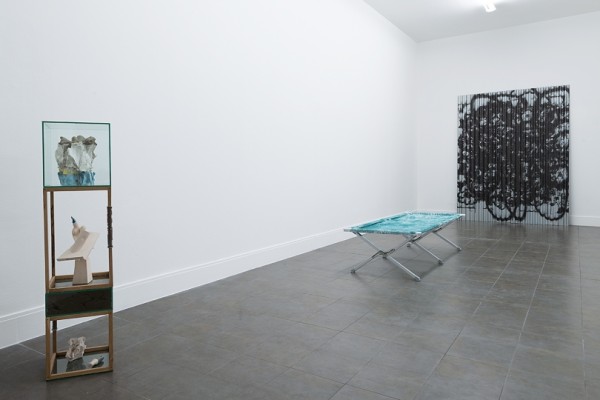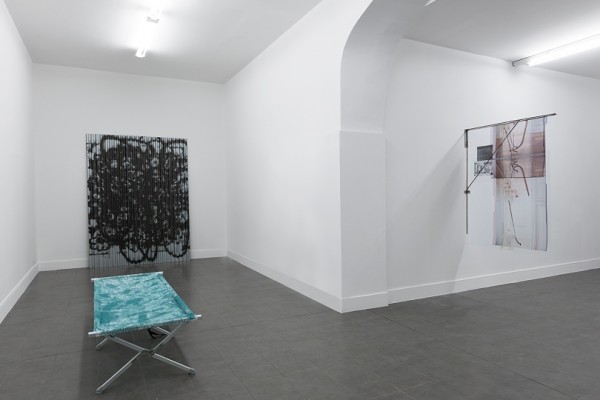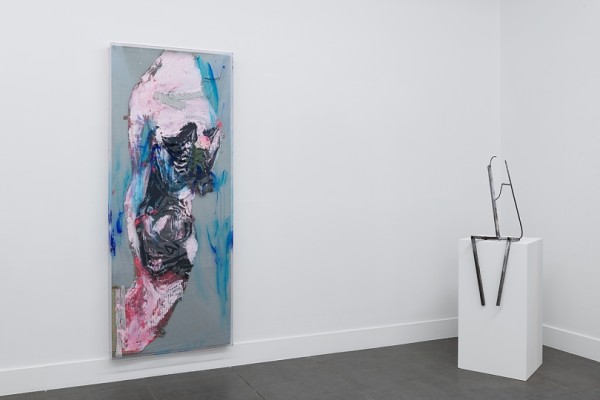Grey
Tuesday, 19 January 2016
Martin Erik Andersen / Chris Bradley / Jesse Darling / Keith Farquhar / Anders Holen / Daniel Keller / Yves Scherer
Curated by Domenico de Chirico at Brand New Gallery
“Grey is a very common colour in nature. The human eye can recognize the same object as grey or as any other colour depending on how much light there is. The eye can distinguish 16 levels of grey. Grey is a complementary colour.
The grey colour in painting has been experimented and theorized for centuries. The Classic conception considers grey as an “off-white”. It can be obtained adding black to white. However, there are other methods to obtain grey: for example combining the three primary colours (blue, yellow, red). In this case grey is called “neutral grey”. Differently from black, this special colour allows to simulate more naturally the shadows. Another way to create grey consists in mixing the primary colours for printing: cyan, magenta yellow.
This colour defines a relationship between the sensible and the super sensible. As Hegel wrote in his essay Encyclopaedia of the Philosophical Sciences1: «the symbol expresses both more and less than its intended meaning.»
“Grey matter” contains most of the brain’s neuronal cell bodies and for this reason grey colour is referred to the intellectual sphere.
Moreover, it represents an attitude characterized by objectivity and balance because grey is a colour which includes white and black: good and evil.
David Batchelor wrote in Chromofobia2: «For this colour – intense, heightened, pure, unqualified – offered a glimpse of the `Other World’, a world beyond Nature and the Law, a world undimmed by language, concepts, meanings and uses.»
He noted that «Dorothy’s Kansas, as we know, is grey.»
Domenico de Chirico
1 G.W.F. Hegel, excerpt from Encyclopaedia of the Philosophical Sciences, 1830
2 David Batchelor, excerpt from Chromophobia, London: Reaktion, 2000”





